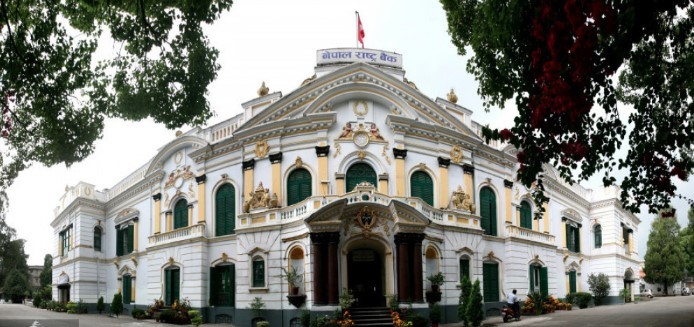Nepal Rastra Bank Unveils Monetary Policy for Fiscal Year 2082/83

Kathmandu — The Nepal Rastra Bank (NRB) has unveiled the monetary policy for the fiscal year 2082/83 (2025/26), adopting a cautiously flexible approach aimed at maintaining macroeconomic stability while revitalizing credit growth and investment.
Announcing the policy in Kathmandu, Governor Dr. Biswo Nath Poudel stated that the central bank has focused on supporting economic recovery through interest rate adjustments and expanded credit facilities. One of the key decisions includes lowering the bank rate—the ceiling for the interest rate corridor—from 6.5 percent to 6 percent. Likewise, the policy rate has been reduced from 5 percent to 4.5 percent. These reductions are expected to ease borrowing costs and encourage greater lending within the financial system.
In an effort to address the growing demand for housing loans, the NRB has raised the limit for loans extended for the construction or purchase of private residential homes. Borrowers will now be able to access up to Rs 30 million, up from the previous cap of Rs 20 million. First-time homebuyers will be allowed to maintain a loan-to-value ratio of up to 80 percent, while the ratio for other buyers has been capped at 70 percent.
The monetary policy also brings relief to investors by increasing the limit for personal loans secured by share collateral. The new cap has been set at Rs 250 million, a significant rise from the earlier Rs 150 million, potentially allowing greater liquidity and flexibility for individuals engaged in the capital market.
To support Nepali citizens traveling abroad, the NRB has revised the foreign currency carry limit, raising it from 2,500 US dollars to 3,000 US dollars per person. This adjustment comes as travel and living costs abroad continue to rise.
Looking ahead, the central bank has set a target of increasing private sector loan disbursement by 12 percent during the upcoming fiscal year. Alongside this, the policy includes provisions to approve and implement the second financial sector strategy, aimed at reinforcing the stability and competitiveness of Nepal’s financial system.
